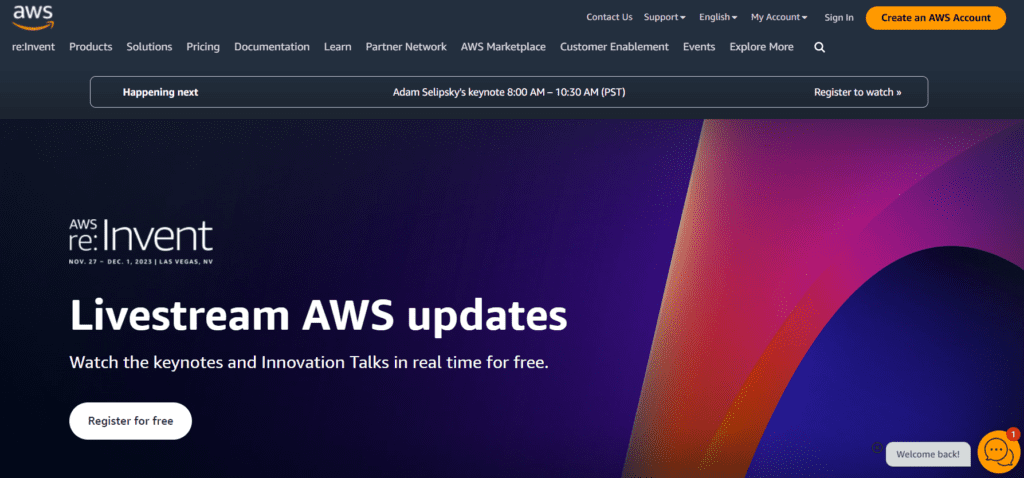Today, Amazon Web Services, Inc. (AWS), a subsidiary of Amazon.com, Inc., unveiled three new serverless enhancements to its database and analytics offerings. These enhancements are designed to expedite and simplify the process for clients to expand their data infrastructure to meet their most rigorous requirements.
The first of these innovations is the Amazon Aurora Limitless Database, a new feature that smoothly scales beyond the write constraints of a solitary Amazon Aurora database. This feature assists developers in scaling their applications and saves them significant time compared to creating personalized solutions.
Next is Amazon ElastiCache Serverless, which enables clients to establish highly available caches in less than a minute. It scales both vertically and horizontally in an instant to support the most intensive applications, eliminating the need to manage the infrastructure.
The final innovation is the Amazon Redshift Serverless capability, which employs artificial intelligence (AI) to forecast workloads and automatically scale and optimize resources. This assists customers in achieving their cost-performance goals.

These advancements are a continuation of AWS’s groundbreaking work with serverless technologies. They aim to help customers handle data at any scale and significantly streamline their operations. Consequently, customers can concentrate on creating value for their end users instead of spending time and effort on provisioning, managing, and scaling their data infrastructure.
How Amazon Aurora Limitless Database Can Transform Large-Sized Applications
Amazon Aurora Serverless v2 has revolutionized database scalability, efficiently handling hundreds of thousands of transactions per second. However, for organizations with massive workloads involving hundreds of millions of users, millions of transactions, and petabytes of data, the current sharding approach poses significant challenges.
Sharding, the process of splitting data into smaller subsets and distributing them across multiple database instances, demands extensive upfront development effort to build custom routing software. This complex setup, coupled with the ongoing need for manual monitoring, load balancing, and routine maintenance, imposes a heavy burden on organizations.
To address these challenges, organizations seek a solution that can automatically scale their applications beyond the limitations of a single database without manual intervention. This recent solution should be capable of handling petabytes of data, millions of transactions, and global users, eliminating the complexities and resource constraints associated with traditional sharding approaches.














